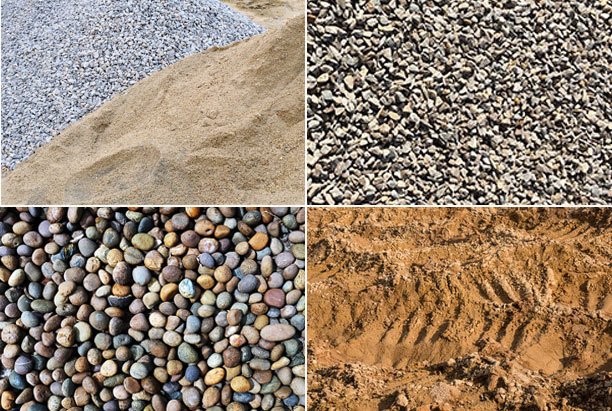The structures must be constructed in order to resist the powerful forces of seismic movements. The most durable materials, like steel, are preferred, which allows the structure to bend, not break.
Diaphragms, shear walls and cross braces are revolutionary techniques that distribute forces within the structure when it shakes. Other technologies, for instance moment-resistant frames, lets beams and columns to move, however their joints are in a rigid state. The flexibility of these structures is utilized for absorbing earthquake energy.

Enhancing structural integrity in earthquake zones
Flexibleness is a key consideration when building in seismic areas. The ability of steel, wood and concrete walls is more than bricks and reinforced stone walls. They tend to fracture as they get stressed and thus are not suitable for building earthquake-resistant constructions. Roof structures that are lightweight can help reduce the strain upon a building in the event of an earthquake.
Buildings that are earthquake resistant can be enhanced by utilizing various design strategies and innovative techniques and materials. For instance, cross bracing sends seismic waves towards the ground, instead of permitting them to strike and shake floors and walls. In order to protect structures from the force of vibration, damping systems and energy dissipation mechanisms are placed in between the foundation of a building and the earth.
Scientists are currently working on novel sorts of materials that are able to further enhance seismic resistance in structures, such as shapes memory metal alloys that retain their shapes under stress and carbon-fiber wraps that reinforce structural elements. Engineers at the University of British Columbia recently created a sustainable, fiber-reinforced cementitious composite that can dramatically increase the ductility and strength of the existing concrete and brick structures in the form of a thin coat on their surfaces.
Common Materials to Build Earthquake-Resistant Structures
Designers and architects recommend building materials which are earthquake-proof during construction in seismic zones and da hoc. It is feasible to retrofit existing structures, or to construct new ones using material and designs that are resilient to earthquakes.
In most cases, concrete and steel are suggested. These materials are able to absorb energy from an earthquake and bend, rather than damaging the structure and possibly damaging the inhabitants inside.
Other substances like wood and foam can also give a structure seismic resistance. They’re often employed in the system called “base isolation” which isolates the building from its base by means of runners or springs to let the structure move but not impose strain on the foundation of the building. Shear walls, crossbraces as well as diaphragms are additional methods to enhance seismic resistance. They redistribute force from shaking across the structure the structure.
Strategies for Seismic Resilience and Resilience Enhancement in Construction
Engineers can also employ other techniques for designing seismic-resistant homes and structures. Like diaphragms that are built into roofing and floors, to distribute force to the sides, assist in absorption of the energy of seismic waves.
Another recommendation is to build structures with ductile parts that can undergo plastic deformations without causing structural problems when an earthquake occurs. The ductile parts, mostly made of steel can absorb seismic vibrations by absorbing and dispersing their energy.
Engineers have also been testing durable material for building, including fibrous but sticky fibers made from mussels as well as Bamboo. They are also testing 3-D printed designs that interlock to provide a flexible and resilient structure to earthquakes. Researchers at University of British Columbia University of British Columbia developed an eco-friendly fiber reinforced composite, also known as fiber reinforced concreteeditious that is malleable and also ductile when compared with conventional reinforced concrete. The material is able to change shape under stress and could be used to create seismically resistant floors, walls and ceilings.
It is crucial to build with materials which are able to withstand earthquakes
They pose a significant risk for those living in earthquake-prone areas. However, structures can be constructed to be stronger and safe from the dangers of earthquakes. Numerous methods of earthquake-proofing structures involve delaying or redirecting the power of seismic waves. The ductile cementitious compound like this one, for instance, could help strengthen concrete and can even create bricks that are more resistant to the horizontal strain.
There are other methods to consider, such as using walls that shear to transmit vibratory energy, cross bracing that can block lateral forces, and designing floors as diaphragms to soak up energy and distribute it to strong vertical structures. The use of moment-resisting frame is a different aspect to strengthen the building in order that it does not collapse during a seismic event.
Although the general belief was at one time that the more heavy the structure, the better it could withstand an earthquake however, modern construction techniques show that this isn’t always true. More lightweight materials, such as steel, are able to withstand greater pressure than conventional bricks and concrete. These materials can be flexible as well as change appearance during a seismic.
